— Tim Breen, Ph.D., Head of School
I had the privilege of attending and presenting at the EL Education National Conference in Denver last week. It was great to be among so many educators and administrators excited about future possibilities for education and willing to think big about educational change. EL Education is an organization working mostly with public and charter schools to move toward practices that are more student-centered, project-based, and focused on hands-on, real-world experiences. In the words of the organization, “When students enter adult life, they will be celebrated not for their performance on basic skills tests, but rather for the quality of their work and their character. That’s why EL Education builds students’ capacity for three dimensions of high achievement: Mastery of Knowledge and Skills, Character, High-Quality Student Work.”
There is a lot of philosophical overlap with Watershed. Indeed, as they were founding Watershed, Jason Berv and Sumaya Abu-Haidar drew on ideas from EL Education (and others) when they created the Design Principles for our school. As I attended different sessions, I felt lucky to be at Watershed where we are so far along in these practices.
For my presentation: 20 Billion Hours - The untapped potential of U.S. high school students, I began with the observation that there are about 16 million high school students in the U.S. averaging about 1200 hours of schoolwork each year. This means that collectively U.S. high school students do a staggering total of 20 billion hours of work each year. Their work is, of course, good for their own learning and growth. But the frustrating part is that almost none of it has an impact on the common good, or does much to address the world’s greatest challenges. This is, at best, untapped potential, and at worst, a message to young people that they can’t make real contributions to their communities. Our students have the skills to do real work with real impact; they can do research, design thinking exercises, and execute data collection & analysis, honing their academic knowledge and skills along the way.
By engaging students in what we, at Watershed, call “work that matters” – academic work that is meaningful to students, has real-world applications, and makes a contribution to our communities – we can help students develop a commitment to the common good. Really, this is a moral issue – what kind of society do we want to build, and how can we craft an educational experience that aligns with this vision? This is yet another reason we need to think big about educational change.
I was excited to have a full room of engaged educators and administrators (and a couple of students!) at my EL Education Conference presentation. It is clear that the work we are doing at Watershed is intriguing to other practitioners. It was a special surprise to me to have Camille Farrington, Ph.D. attend my presentation. She is a researcher at the University of Chicago who has had a profound influence on my thinking and practice over the years. Dr. Farrington’s reports Teaching Adolescents to Become Learners: The Role of Noncognitive Factors in Shaping School Performance (2012) and Foundations for Young Adult Success: A Developmental Framework (2015) have been foundational for many progressive educators.
As I often say, It is a real privilege to be at Watershed – to be among educators, students, and families who are willing to think differently about education, who are willing to think big about educational change, and it was a privilege to be part of a national network of educators who are thinking and doing along parallel tracks with Watershed.




